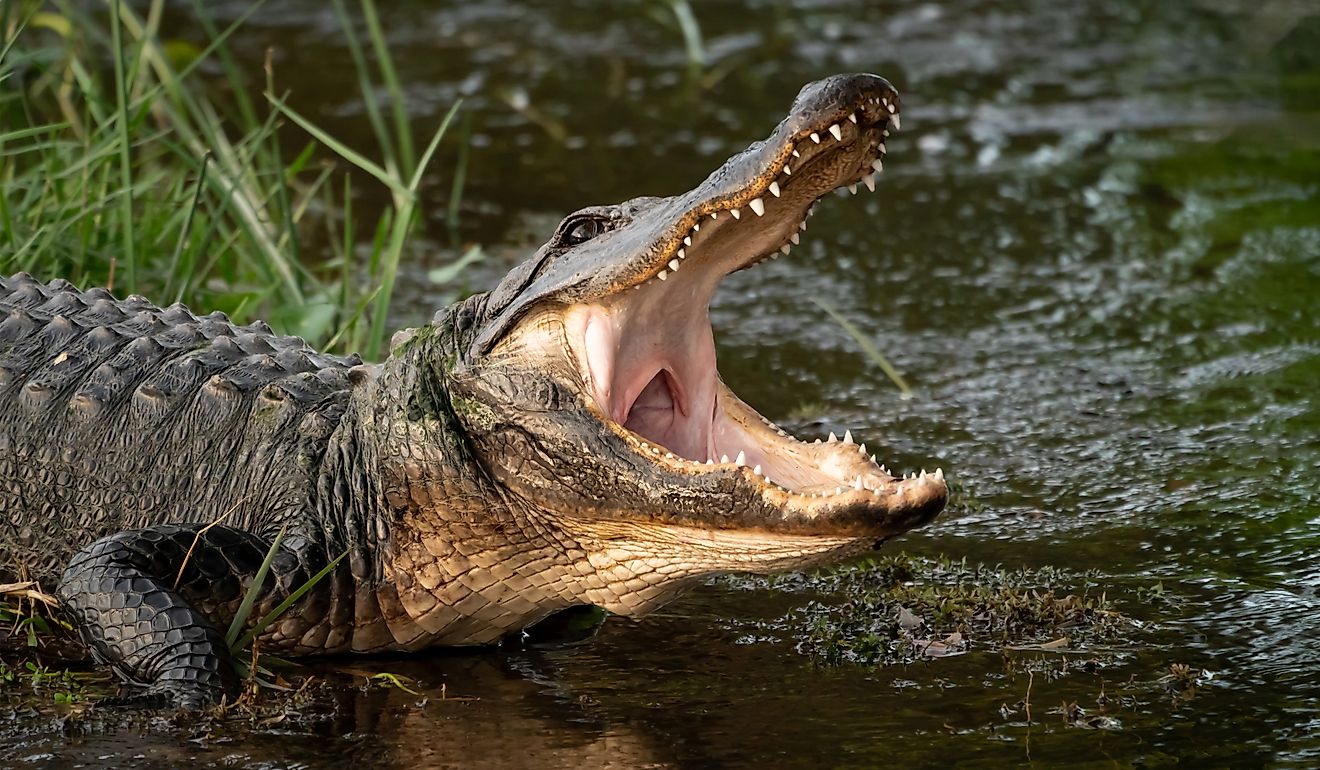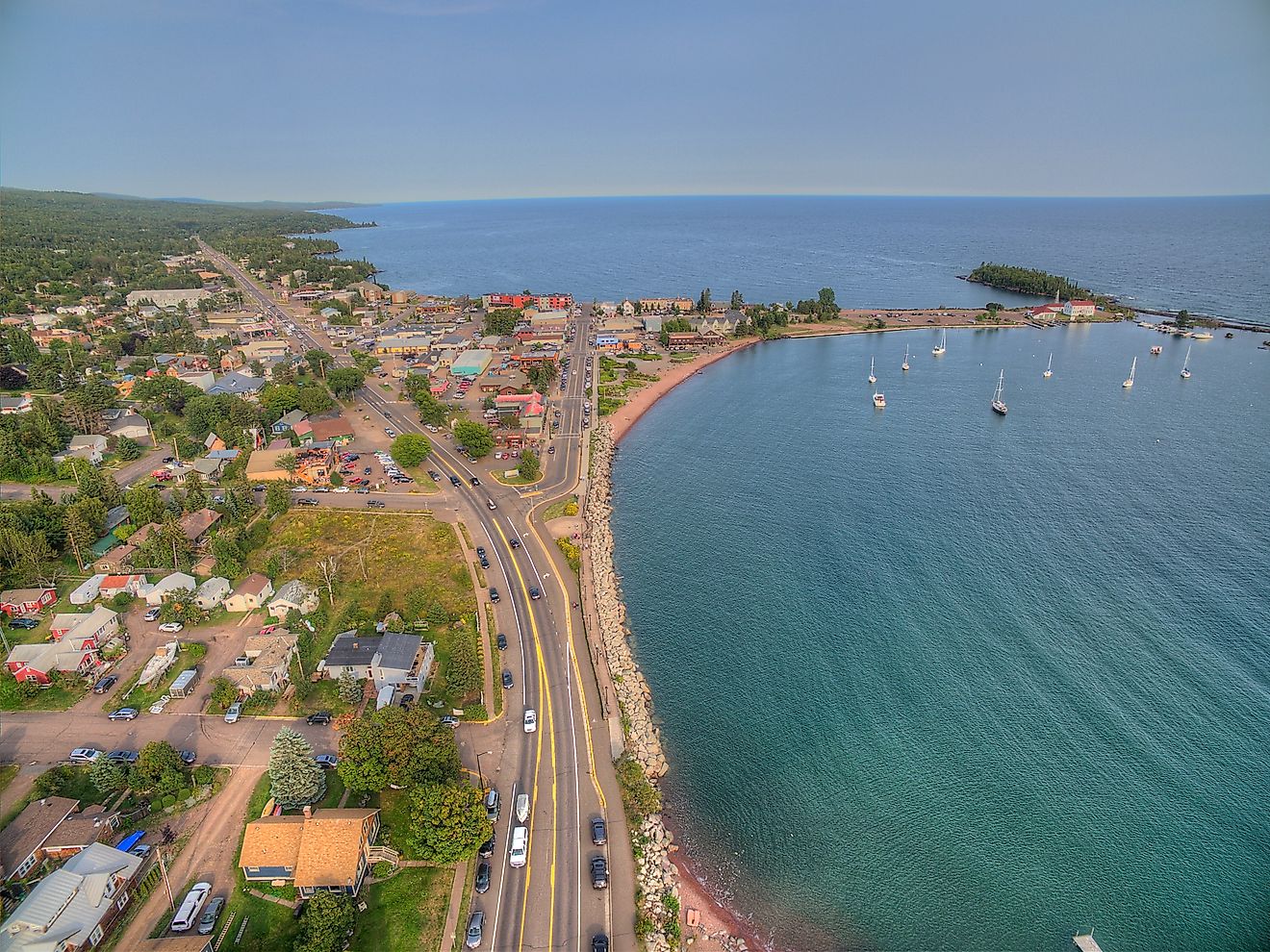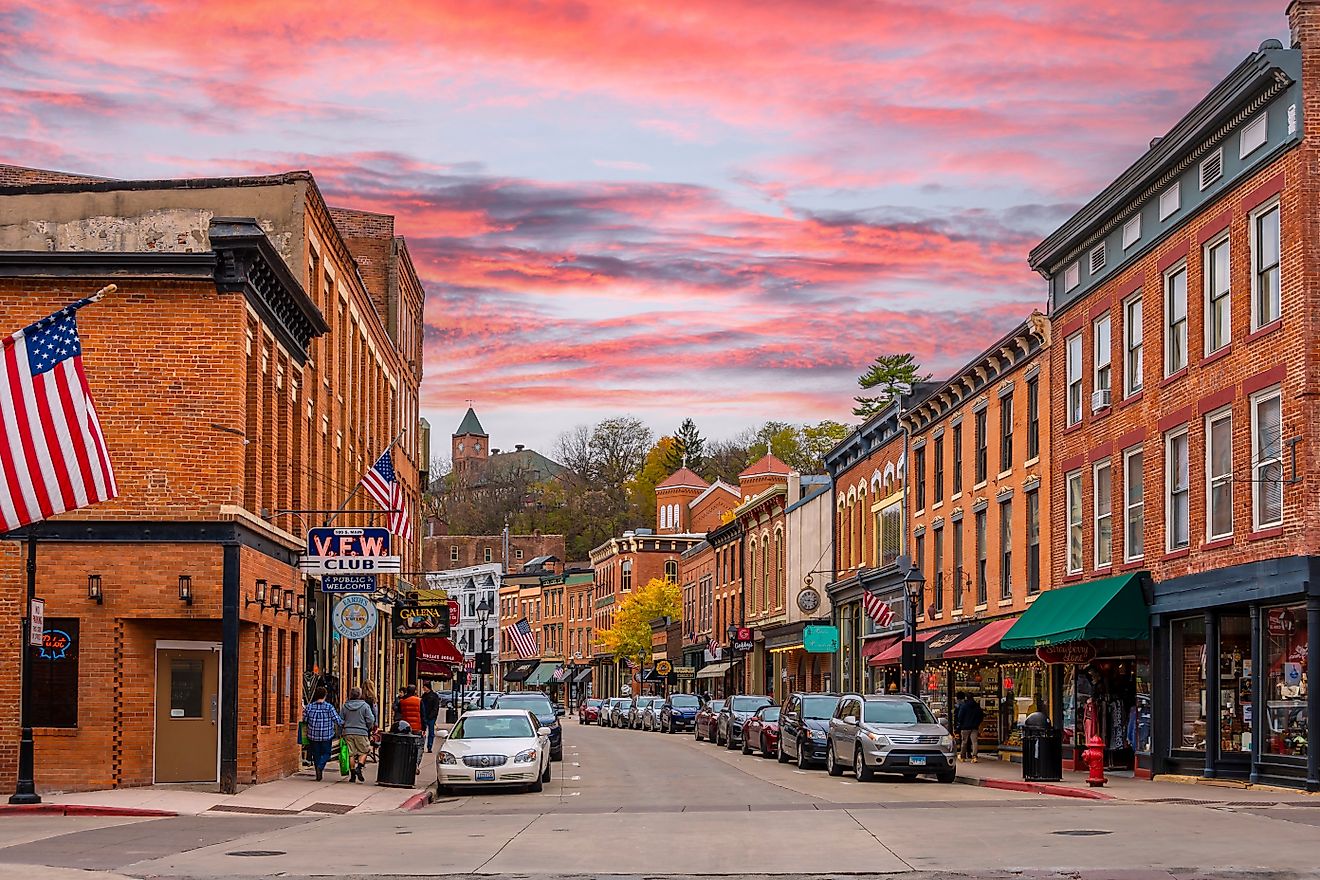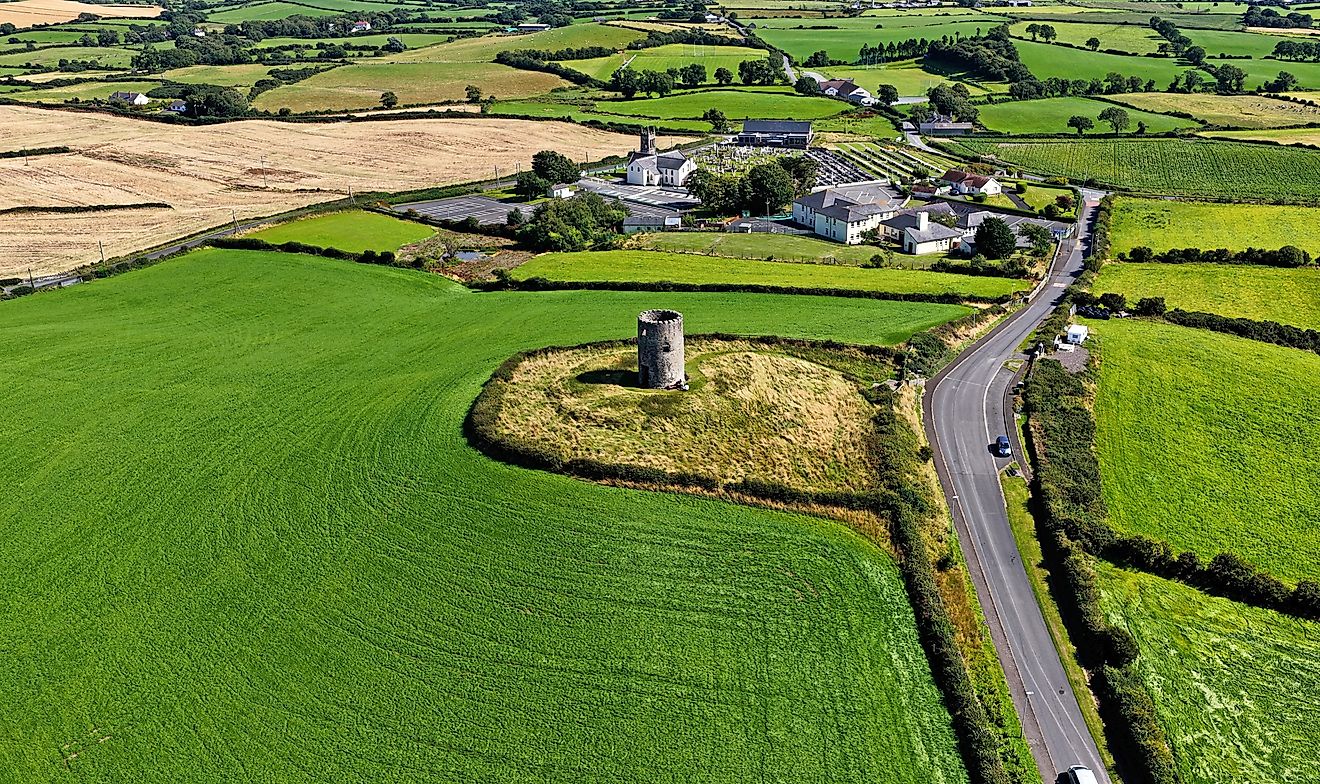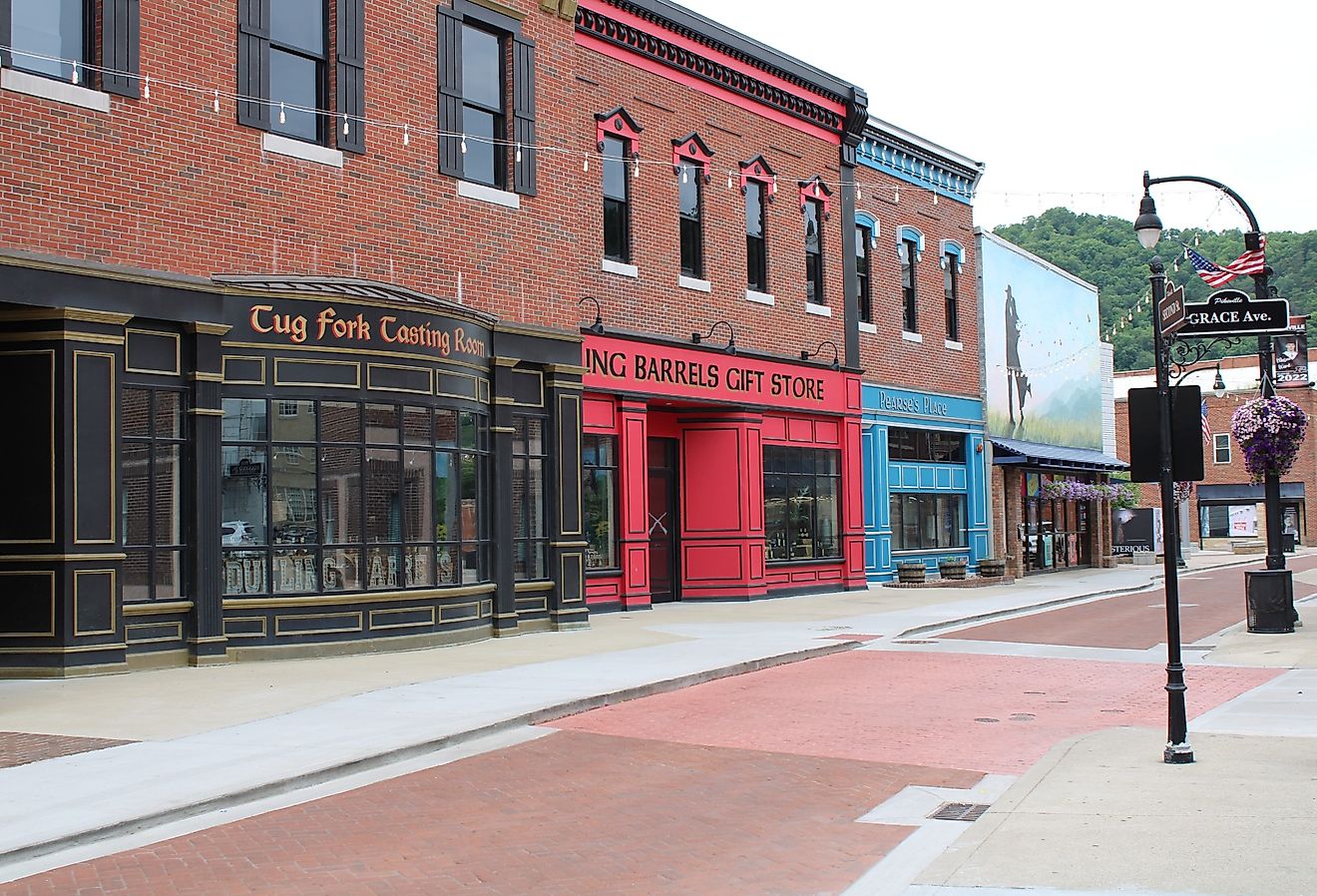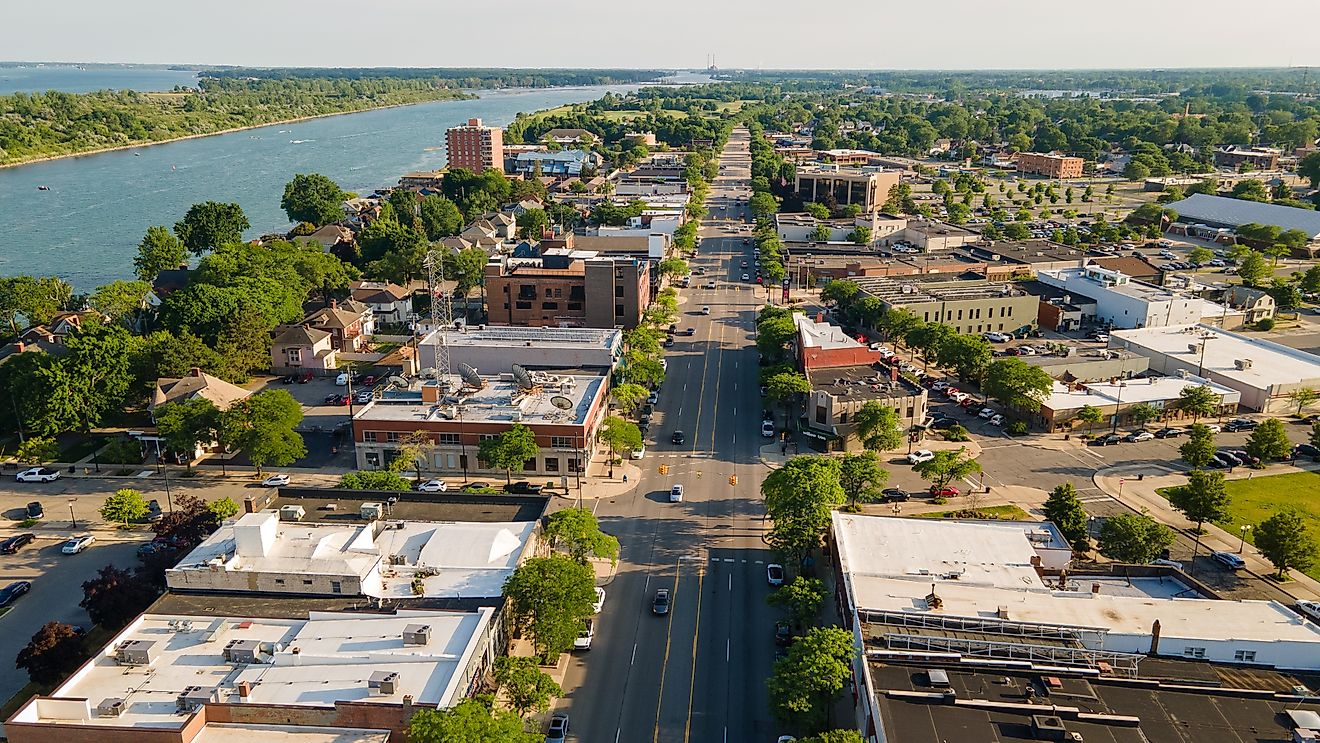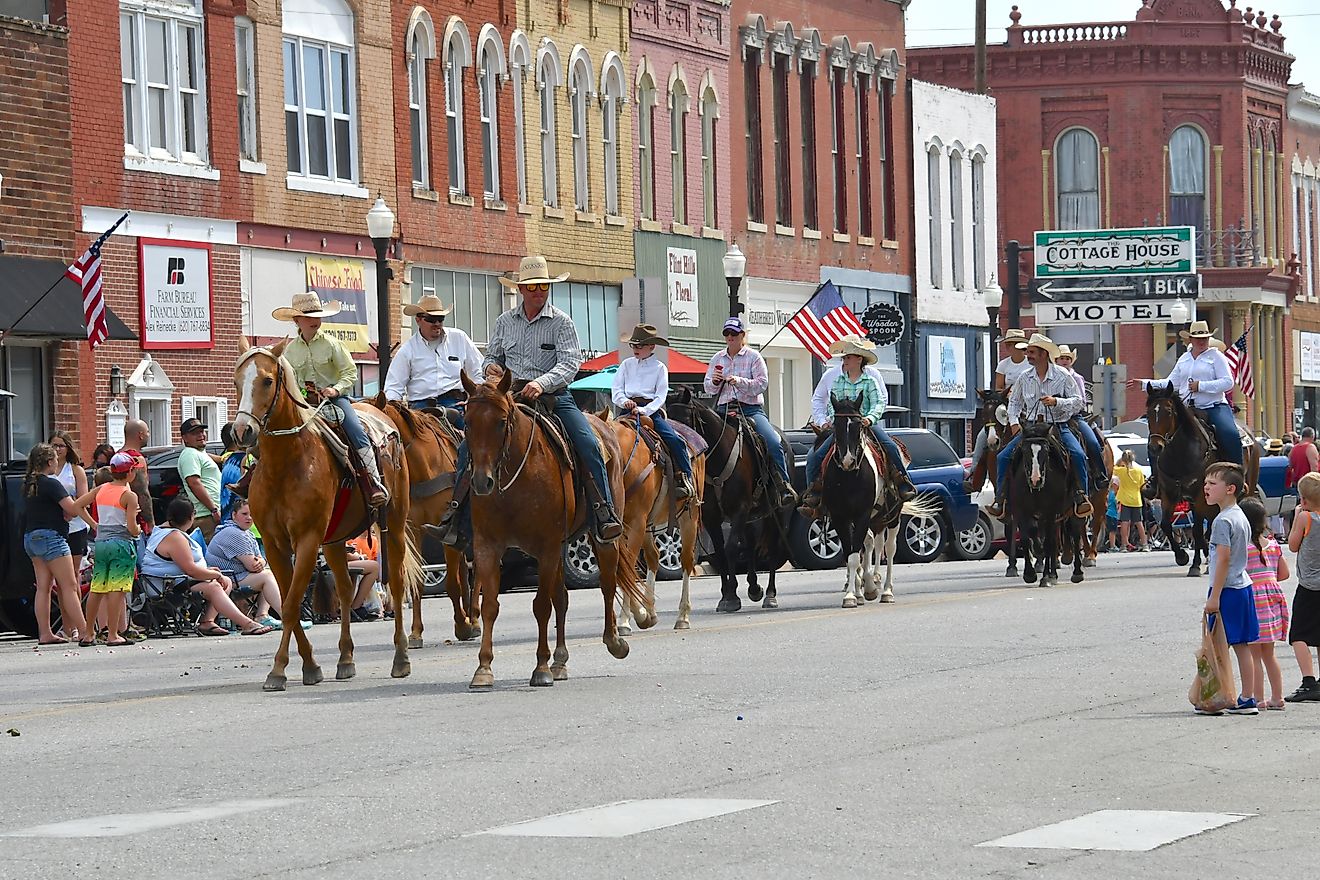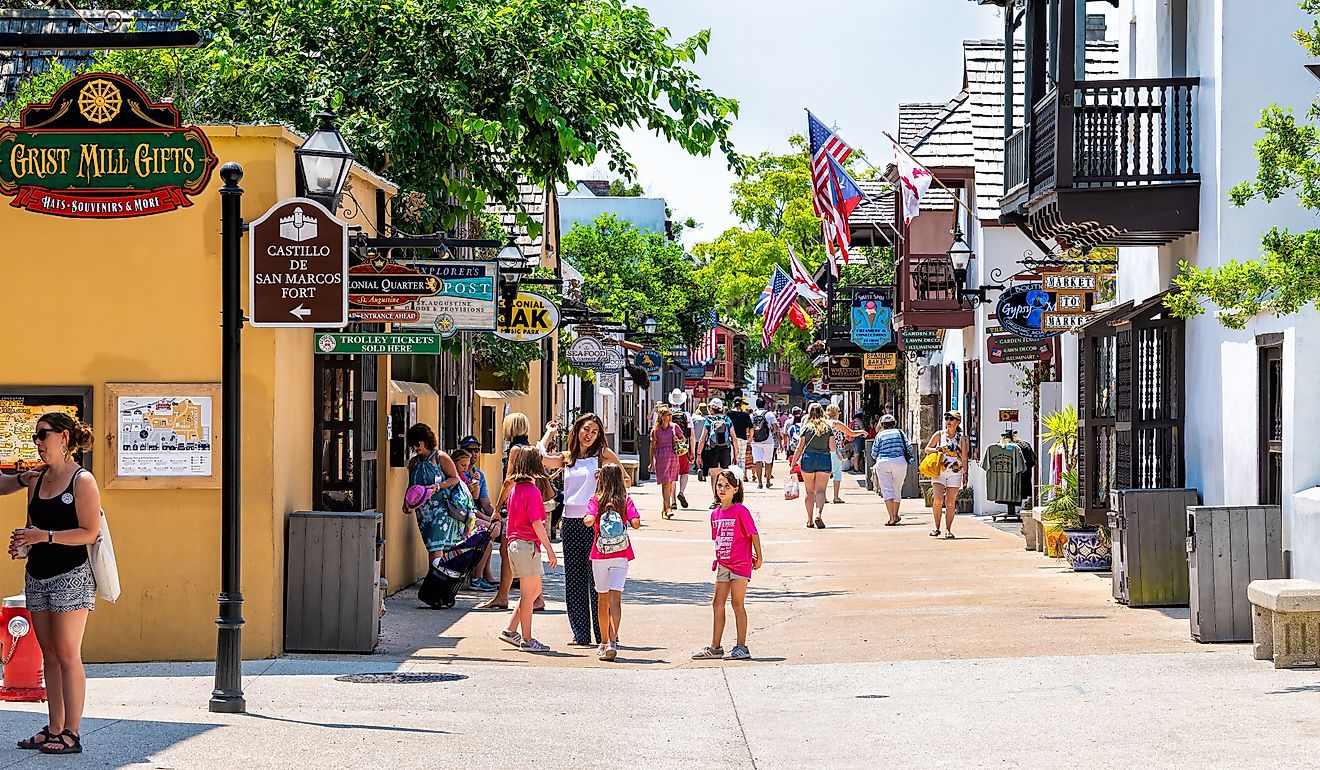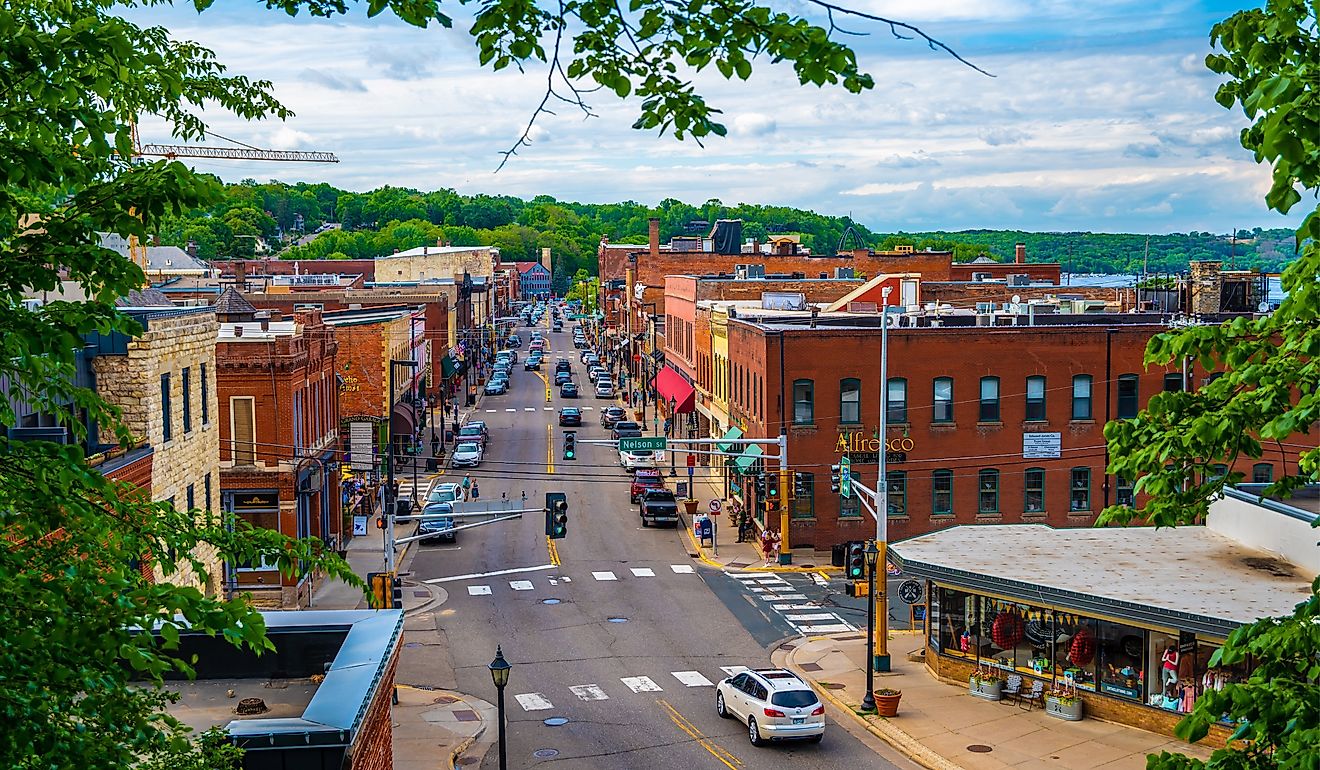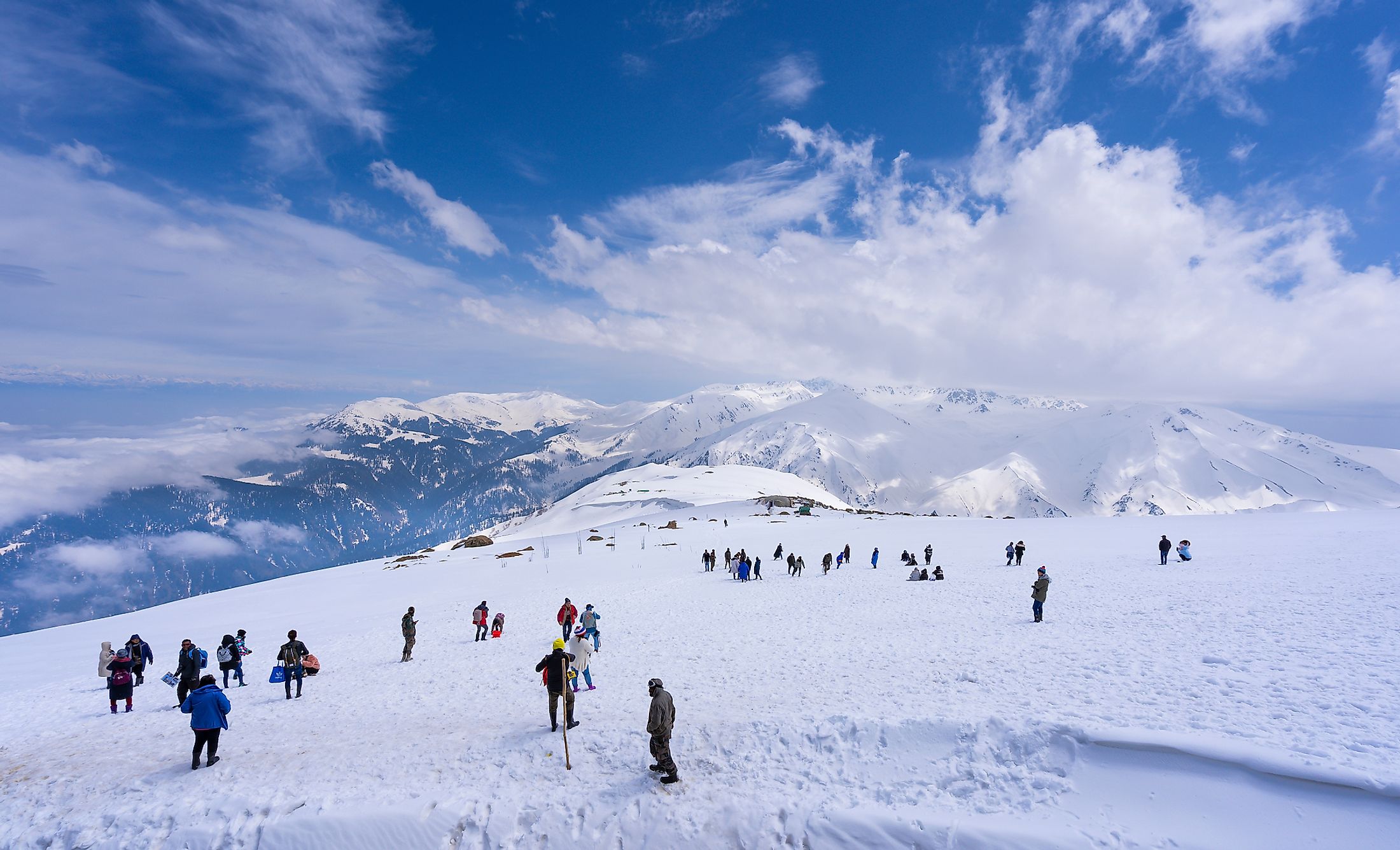
Gulmarg, India
Nestled in a cup-shaped valley in the Pir Panjal Range of the Western Himalayas at an elevation of 2,650m, Gulmarg is a small town and a notified area committee situated in the Baramulla District of the Indian Union Territory of Jammu and Kashmir. Initially referred to as “Gauri Marg,” it was renamed by Yousuf Shah Chak – the Ruler of Kashmir, to “Gulmarg,” which literally means “Meadow of Flowers.” This magnificent hill station offers beautiful views of the snow-capped mountains, several small lakes, lush greenery, and a variety of flowers, making Gulmarg one of the most popular tourist destinations and the best skiing destination in India, attracting thousands of tourists and snow adventure sports lovers.
Geography Of Gulmarg
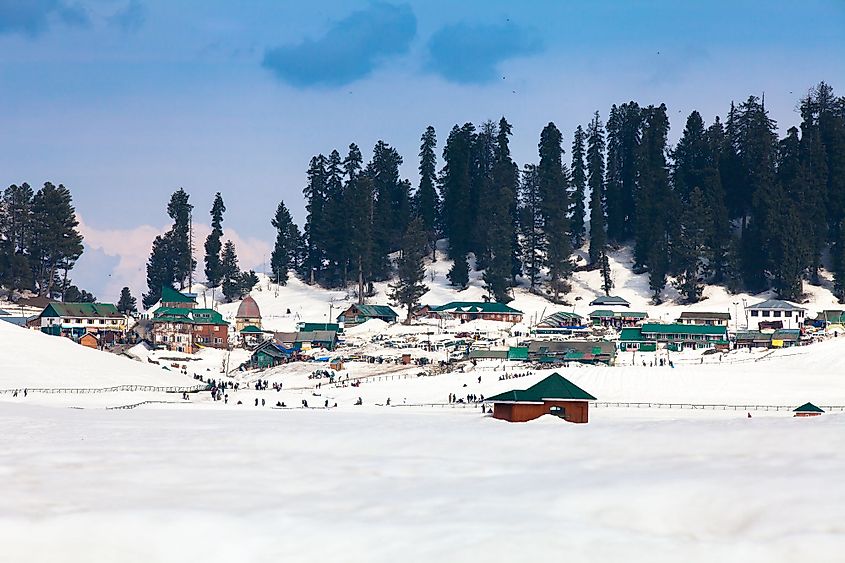
Gulmarg is a small town located at an elevation of 2,650m in a cup-shaped valley in Pir Panjal Range of the Western Himalayas. The town of Gulmarg is a notified area committee that forms a part of the Baramulla district in the Indian Union Territory of Jammu and Kashmir. Gulmarg is situated approximately 31km from the city of Baramulla, 49km from Srinagar – the Union Territory’s summer capital. Located about 12km from Srinagar in the town of Budgam, the Sheikh ul-Alam International Airport is the nearest airport, while Jammu is the nearest railway station located at a distance of 315km from Gulmarg.
Climate

According to the Köppen climate classification, Gulmarg experiences a humid continental climate with moderate summers and severely cold, wet winters with heavy snowfall. As per the records of the Indian Meteorological Department, July is the warmest month in Gulmarg, having an average high temperature of 26.9°C and an average low temperature of 13.1°C. January is the coldest month in Gulmarg, having an average low temperature of -5.4°C and an average high temperature of 3.8°C. With an average of 132.4 rainy days in a year, Gulmarg receives an average annual precipitation of 560mm. With an average of 21.9 snowy days in a year, Gulmarg gets an average annual snowfall of 461mm.
The Population And Economy Of Gulmarg
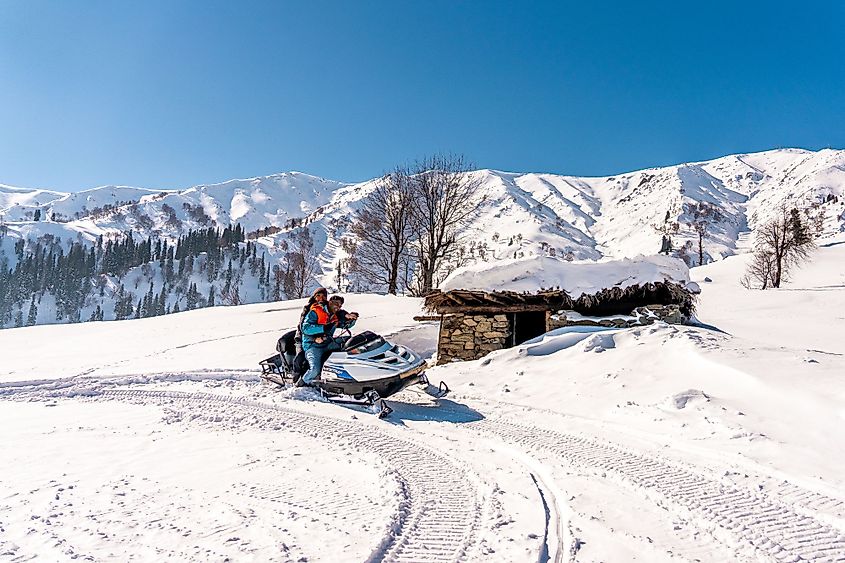
As per the 2011 census, Gulmarg is home to 1,965 people, of which 1,957 people are males, and only eight people are females. About 86.67% of Gulmarg’s population are Hindus, 12.42% are Muslims, 0.56% are Christians, and 0.36% are Sikhs. The literacy rate of Gulmarg is 99.24%, which is relatively higher compared to the 67.16% of the Union Territory of Jammu and Kashmir. Scheduled Castes constitute 0.61%, while Scheduled Tribes constitute 0.15% of the total population of Gulmarg.
The economy of Gulmarg is mainly driven by tourism. During the spring and summer months, Gulmarg features vast, open green meadows adorned with wildflowers such as buttercups, daisies, etc. The green meadows are dotted with small lakes and enclosed parks that are in turn surrounded by forested tracks of tall pine trees and high snow-capped mountain peaks. In contrast, the town of Gulmarg remains covered with thick feet of snow during the winter months. The tourists who visit during the summer months can enjoy various outdoor recreational activities like mountain biking, trekking, water skiing, trout fishing, etc. While trekking to Khilanmarg or further up the Apharwat peak, the tourists can get panoramic views of Nanga Parbat and Harmukh mountains on clear days from several viewpoints. The tourists who visit Gulmarg during the winters can enjoy several recreational opportunities like snowboarding, skiing, tobogganing, heli-skiing, etc. Gulmarg is also home to the world’s highest green golf course and is considered the “heartland of winter sports in India.”
Tourist Attractions In And Around Gulmarg
Gulmarg Gondola
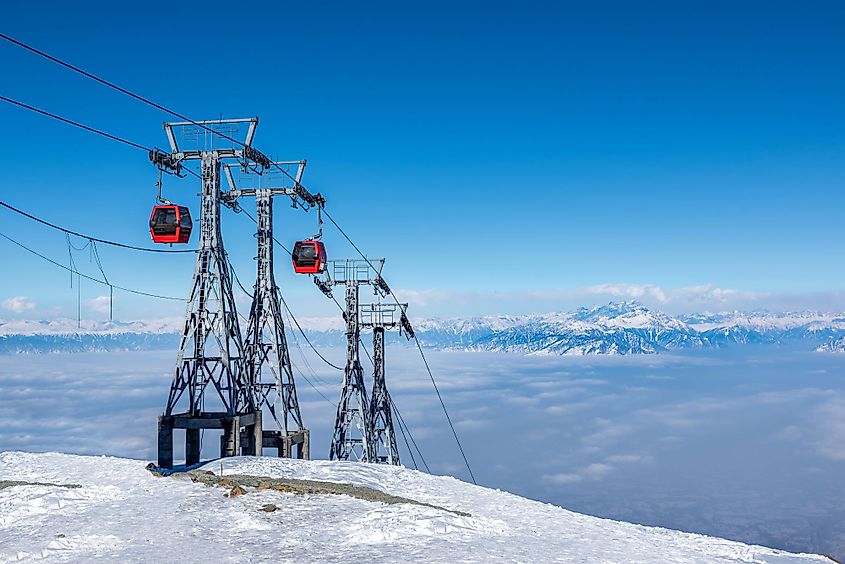
The Gulmarg Gondola is a high-altitude cable car built by the French firm Pomagalski and is one of the top tourist attractions in Gulmarg. It is one of the world’s highest cable car projects that reaches an elevation of 3,979m. The two-stage gondola lift ferries about 600 tourists per hour to and from the Gulmarg resort to the Kongdoori Mountain at 3,080m in the first stage and to a height of 3,950m on the Apharwat Peak in the second stage.
Gulmarg Wildlife Sanctuary
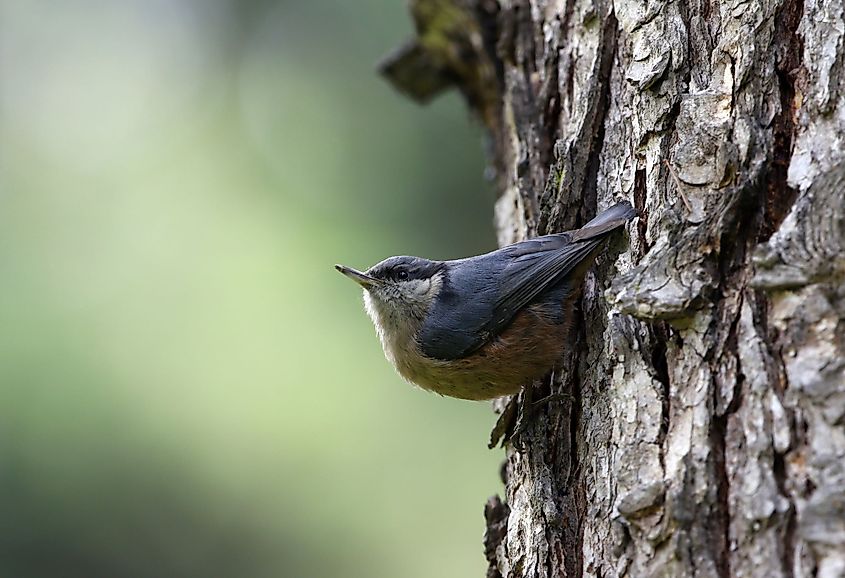
Situated at an altitude varying between 2,400 and 4,300m and covering an area of more than 180 sq. km, the Gulmarg Wildlife Sanctuary is home to many common and rare species of flora and fauna. Some notable floral species found here include silver birch, silver fir, blue pine, daffodils, and many medicinal plants. The significant mammals found in the sanctuary include Himalayan brown bear, Musk deer, Asiatic black bear, Kashmir grey langur, Leopard cat, snow leopard, yellow-throated marten, etc. About 95 avian species have been recorded from the sanctuary, including Impeyan monal, Kashmir flycatcher, Himalayan snowcock, etc.
Maharani Temple
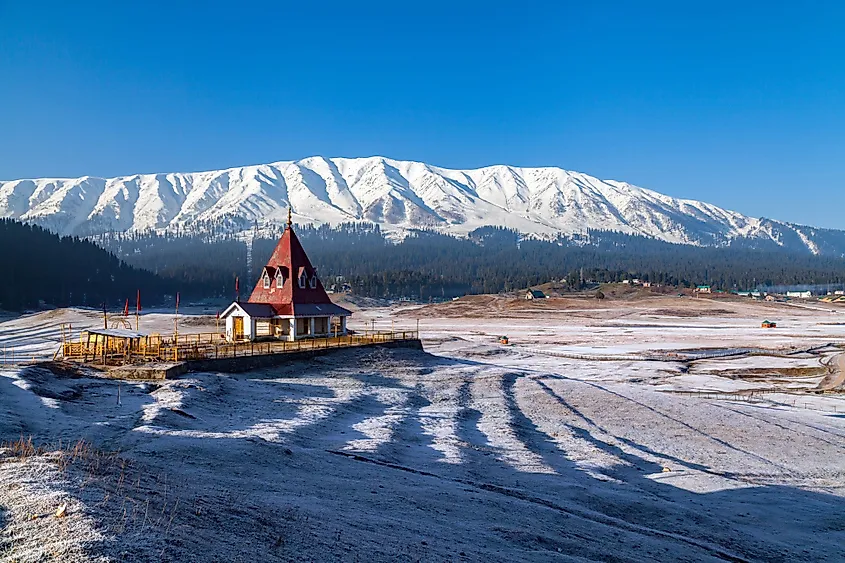
Dedicated to the Hindu Gods Shiva and Parvati, the Maharani Temple is set atop a small hillock and is visible from all corners of the town of Gulmarg. As per records, the Maharani Temple served as the royal temple of the Dogra Dynasty and was built by Maharaja Hari Singh for his wife Maharani Mohini Bai Sisodia, who used to worship in this temple.
St. Mary’s Church
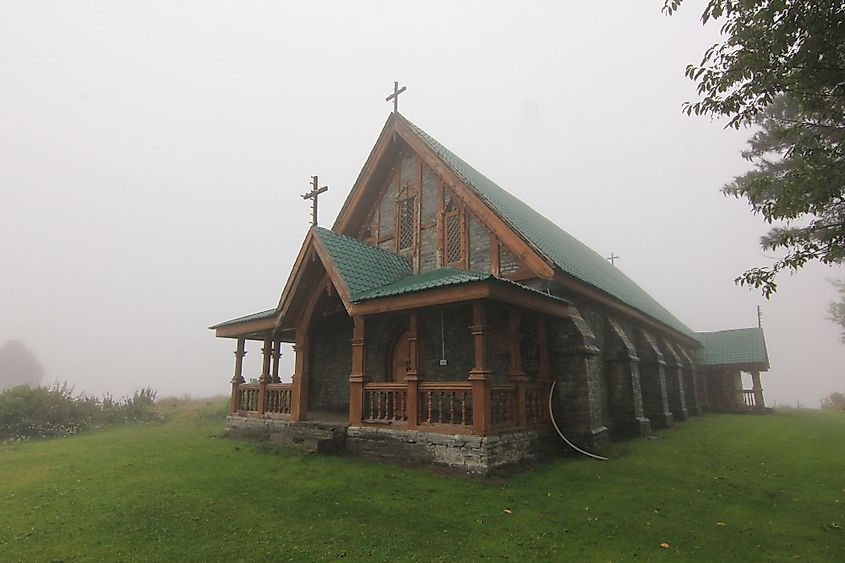
Built in 1902 during British rule, the St Mary’s Church located in Gulmarg’s valley of Shepherds is one of the town’s top attractions and most peaceful places. The church is considered a “Victorian architectural wonder,” featuring outer grey stone walls, green-tiled roofs, and decorated wooden interior walls. The frescoes inside the church depict scenes from the Holy Bible.
Ferozepur Nallah
Also referred to as Shinmahinyu, the Ferozepur Nallah is a mountain stream that flows from the Ferozepur Peak about 5km from Gulmarg. The stream is well known for its fresh blue waters and is a popular spot for angling and trout fishing.
Alpather Lake
Situated at the foot of the twin Apharwat Peaks at an elevation of 4,390m is a small lake called the Alpather Lake. The lake remains frozen from November to mid-June and is often called the “Frozen Lake.” The Alpather Lake appears as a brilliant blue spot surrounded by the snow-capped mountains, lush green meadows, and beautiful wildflowers when viewed from the sky.
Brief History Of Gulmarg
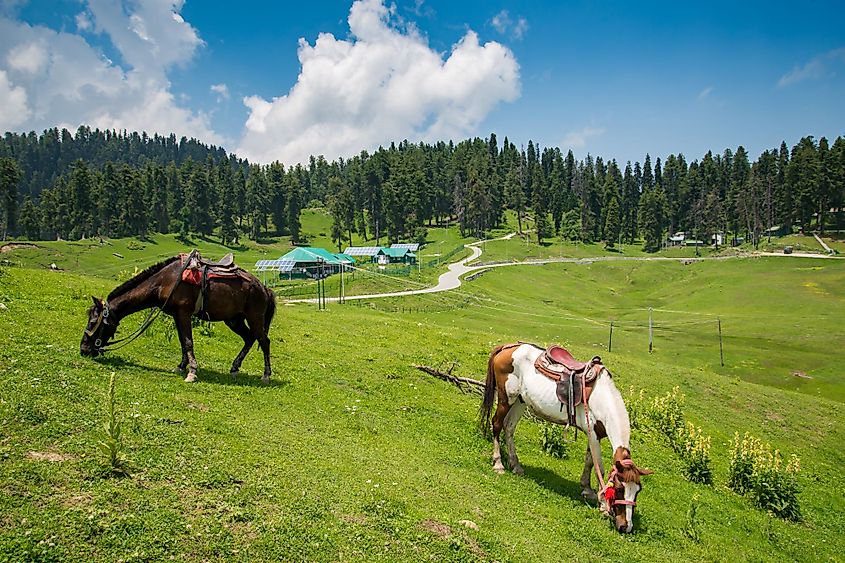
In the 1500s, the area was initially referred to as “Gauri Marg.” Sultan Yousuf Shah Chak – the Ruler of Kashmir, often visited the area with his queen and rechristened it as “Gulmarg,” which literally means “Meadow of Flowers.” Historical records have also revealed that Gulmarg served as a favorite place for Mughal Emperor Jahangir, who visited the area to collect wildflowers of 21 different varieties for his gardens. In the 19th century, the British civil servants and soldiers began to visit Gulmarg to escape from the summer heat of the plains of North India and hunt and play golf in the town’s open green meadows. By the beginning of the 20th century, there were three golf courses in Gulmarg, of which one was used exclusively by women. Over the years, only one of these golf courses survived and is considered the world’s highest green golf course. The British also established a ski club in the town that hosted two annual ski events during Christmas and Easter celebrations. The famous Central Asian explorer Sir Marc Aurel Stein visited Gulmarg during the early 20th century. After Indian Independence, Gulmarg formed a part of the independent princely state of Kashmir and Jammu. Nevertheless, Pakistan planned “Operation Gulmarg” to capture the Princely State. This resulted in an armed conflict between the Indian and the Pakistani Armies. The war ended on January 1, 1949, under the supervision of the United Nations that eventually led to the establishment of a Ceasefire Line close to the town of Gulmarg. In due course, efforts have been made to develop the Gulmarg as a popular destination for Winter Sports in India.
